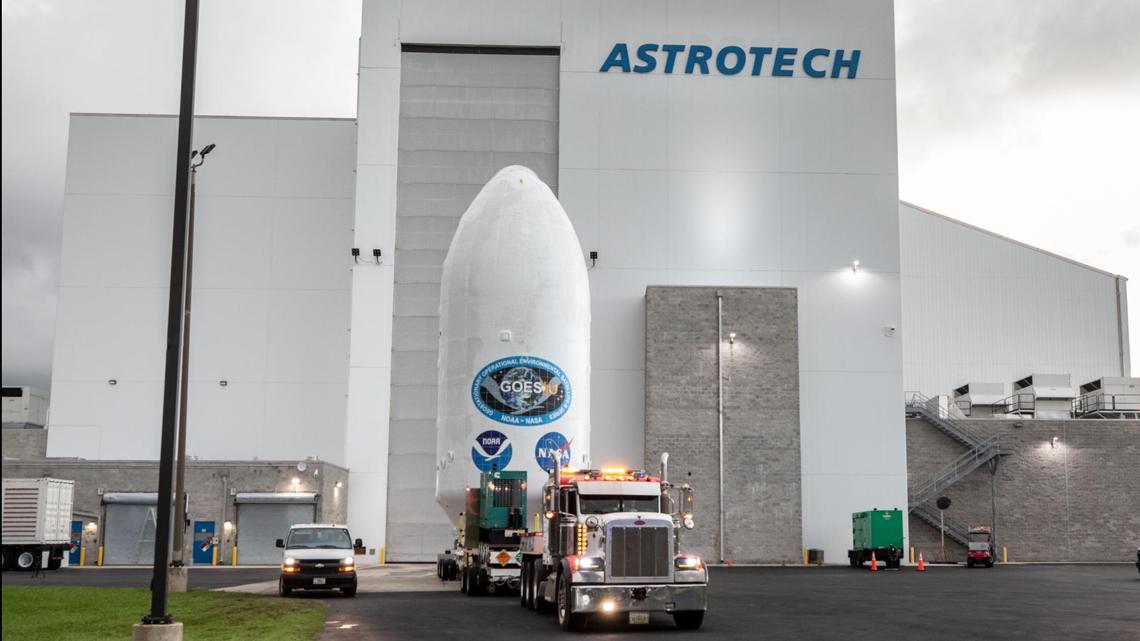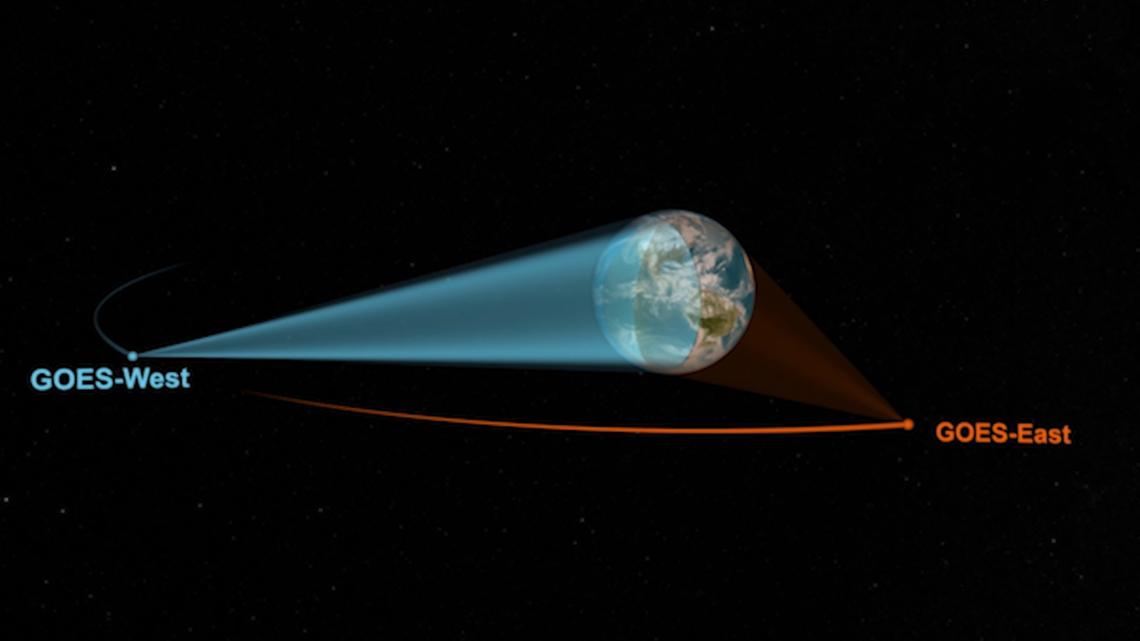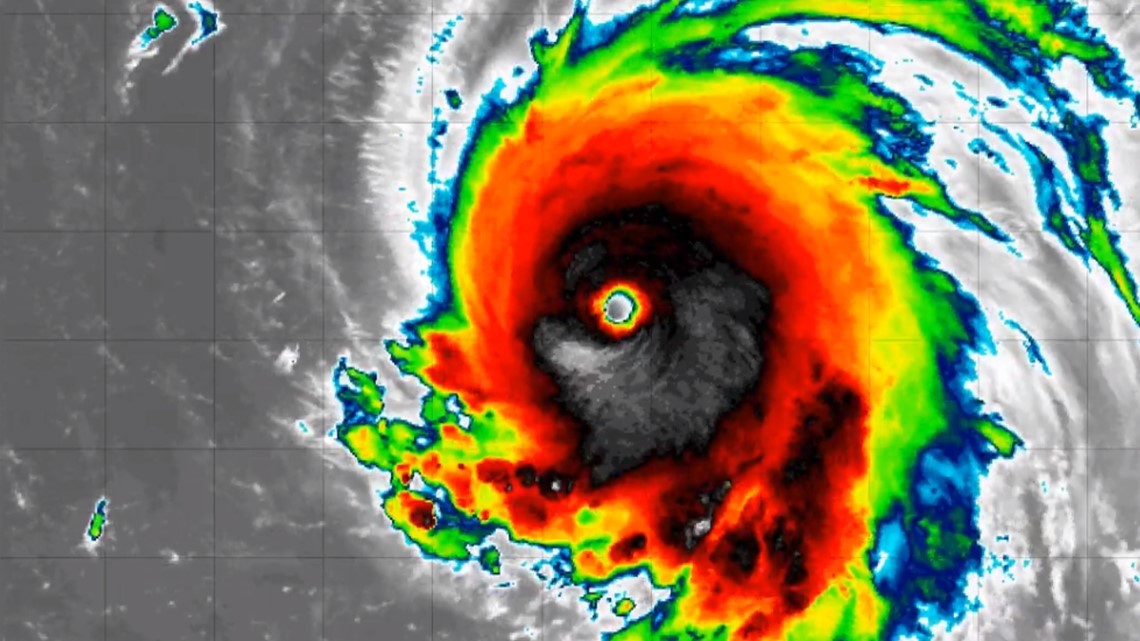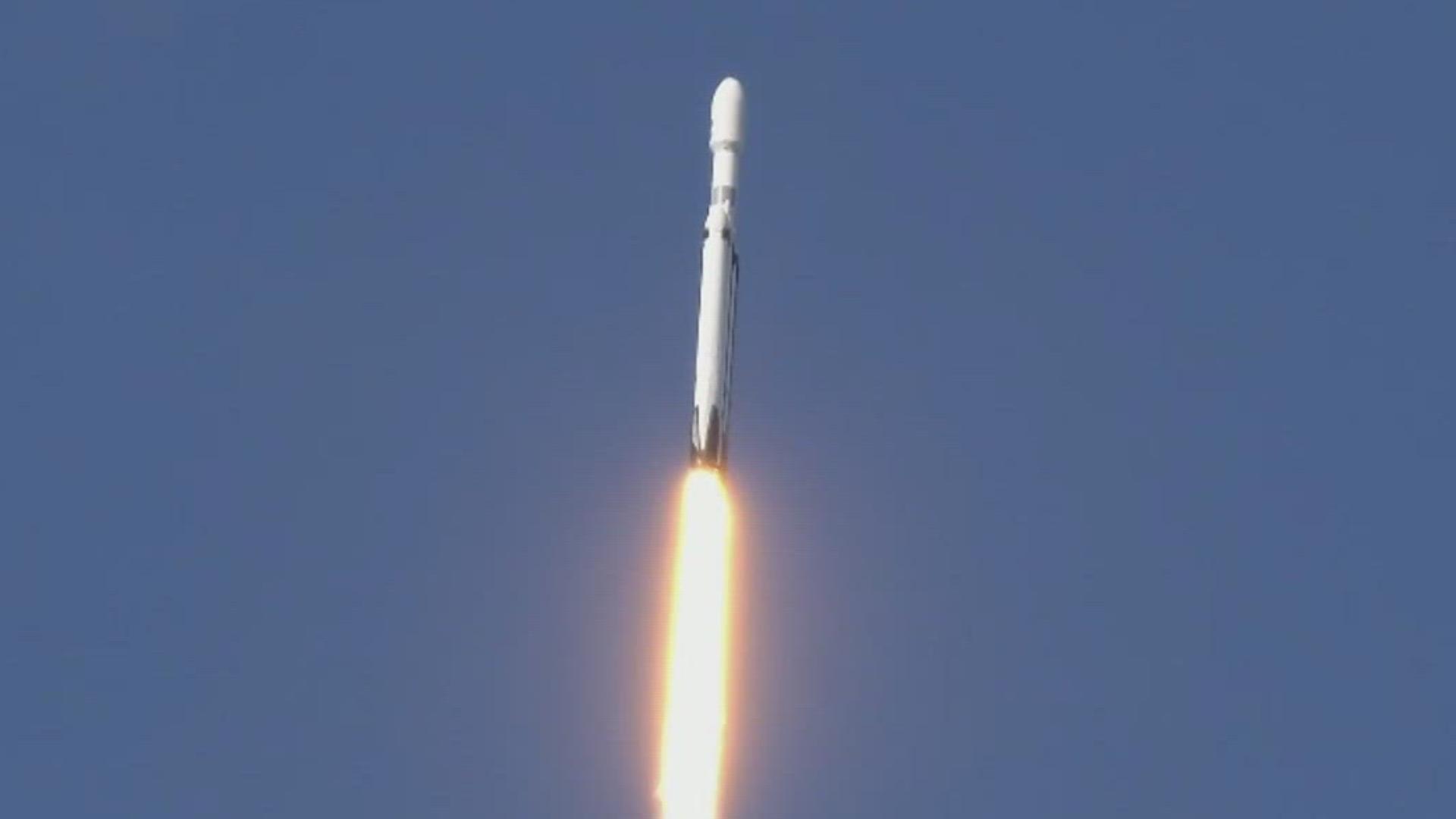TITUSVILLE, Fla. — A new weather satellite destined to surveil the United States East Coast and the Atlantic Ocean launched Tuesday from Kennedy Space Center in Florida. The satellite, which is currently called GOES-U, was ironically delayed about ten minutes because of storms near the launch pad.
GOES-U is a collaboration between NOAA (National Oceanic and Atmospheric Administration) and NASA. It is the first of the government's weather satellites to be launched by SpaceX's Falcon Heavy rocket. SpaceX is the privately owned space company that has also been launching NASA astronauts to space since 2020.
The GOES-U weather satellite is the last in the series of Geostationary Operational Environmental Satellites launched since 2016.


A geostationary satellite flies continuously over the same region of the planet by having an orbital speed that matches the Earth's rotation.


Once in orbit, the new weather satellite is expected to assume the orbital position of GOES-EAST. From this position, it will monitor weather across the Eastern Seaboard. It will also be the first line of defense against hurricanes and tropical storms over the Atlantic Ocean.


The satellite will be capable of traditional weather satellite imagery, including those commonly seen during the tracking of hurricanes. Additionally, the weather satellite carries other equipment including the ability to track lightning.
While previous GOES weather satellites could also track space weather hazards, this is the first of the GOES weather satellites to contain a coronagraph. This piece of equipment monitors the sun's outer corona. It will provide scientists with a view of the corona every 30 minutes. These observations are similar to the ones scientists on Earth found valuable during the solar eclipse earlier this year. Much like an eclipse, the coronagraph blocks out most of the sun allowing observations to be made solely along the outer corona.
Impacts from space weather are caused by solar radiation. This radiation can cause problems with GPS navigation and power grids. Monitoring space weather is also a key asset to forecasting the aurora borealis, which made a rare appearance in the southern United States earlier this year because of an unusually strong solar storm.
Prior to launch, NOAA names the satellites using letters. After launch, GOES-U will switch to a numeric name, GOES-19. This is expected to be the last of these GOES satellites. In the 2030s, NOAA is expected to switch to the GeoXO series of weather satellites.
WCNC Charlotte’s Weather IQ YouTube channel gives detailed explainers from the WCNC Charlotte weather meteorologists to help you learn and understand weather, climate and science. Watch previous stories where you can raise your Weather IQ in the YouTube playlist below and subscribe to get updated when new videos are uploaded.

